Argentine Americans
Argentine Americans (Spanish: argentino-americanos)[2][3][4][5] are Americans whose full or partial origin is in Argentina.
| Total population | |
|---|---|
| 286,346 (2018)[1] 0.09% of the U.S. population (2018)[1] | |
| Regions with significant populations | |
| Florida, Texas, California, Illinois, New York, New Jersey, Connecticut, Pennsylvania | |
| Languages | |
| American English, Rioplatense Spanish, Cordobés Spanish | |
| Religion | |
| Predominantly Roman Catholic Church Others | |
| Related ethnic groups | |
| Uruguayan Americans, Spanish Americans, Italian Americans |
History
Prior to the 1970s, the Argentines that emigrated to the United States were classified in the category of "Other", therefore, Argentine immigration statistics do not exist until that time.
Early Argentines who settled in the United States arrived primarily in the 1950s and 1960s, looking for greater economic possibilities. The majority of them held academic degrees, and many were medical doctors and scientists. However, immigrants in the late 1970s arrived fleeing the political persecution of the Dirty War.[6] They numbered 44,803 people.[6]
This new immigrant group had an educational level lower than earlier immigrants. The majority of Argentine immigrants are directed to metropolitan areas, especially New York City, where 20 percent of them lived in the 1970s. In the 1980s, that percentage increased to just over 23 percent, and the 1990 U.S. Census recorded that New York City had 17,363 Argentine Americans and Los Angeles, 15,115.[6] Immigration to New York City was popular because of the existing Argentine and Italian communities, as many Argentines are of Italian origin. With the goal of helping its Argentine population, the government of the city created several organizations such as the Argentine-American Chamber of Commerce, which promotes business ventures between Argentina and the United States. The 1990 U.S. Census recorded 92,563 Argentines, evidencing that nearly half of the Argentine immigrants arrived in the last two decades alone.[6]
After the nineties, Southern California and Florida became leading destinations for new immigrants from Argentina. According to the 2010 Census, out of the over 200 000 Argentine Americans recorded, it is estimated that Los Angeles and Miami have over 50 000 Argentine Americans each, followed by the New York area.[6]
Socioeconomics
The profile of the Argentine American population is generally similar to the overall U.S. population's. Among the key differences, however, is educational attainment. Argentine Americans exhibit a rate of 39.5% of holders of bachelor's, graduate, or professional degrees, contrasted with the 27.5% of the overall U.S. population. The difference is more marked among women: 40.2% for Argentine American females, and 26.7% for all U.S. females.[7] Another major difference is that 69.1% of Argentine Americans are immigrants, which contrasts sharply with 12.6% of the overall U.S. population.[7]
Demographics
The most noticeable Argentine American populations are in the metropolitan areas of Florida (mainly South Florida), Texas (mainly Houston and Dallas), California, Illinois, New York, New Jersey, Connecticut, and Western Pennsylvania.
States
The 10 states with the largest population of Argentines (Source: 2010 Census):
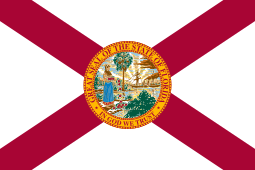


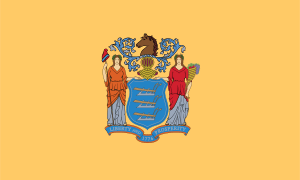
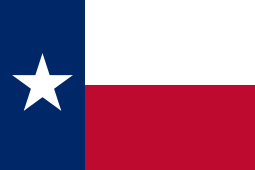
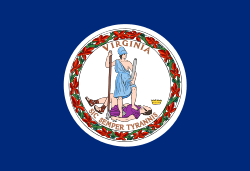
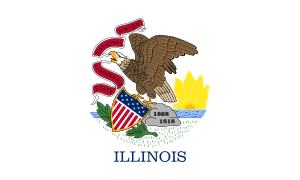
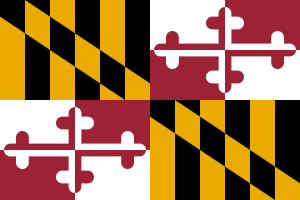

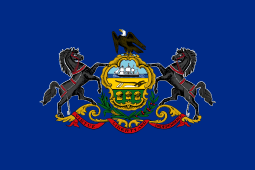
Cities
The 10 cities with the largest population of Argentines (Source: 2010 Census):
- New York, NY - 15,169 (0.2%)
- Los Angeles - 8,570 (0.2%)
- Miami, FL - 4,891 (1.2%)
- Miami Beach, FL - 4,030 (4.6%)
- Houston, TX - 2,440 (0.1%)
- Chicago, IL - 1,743 (0.1%)
- Hollywood, FL - 1,626 (1.2%)
- Aventura, FL - 1,579 (4.4%)
- San Diego, CA - 1,322 (0.1%)
- Pembroke Pines, FL - 1,147 (0.7%)
Ethnic background
The ancestry of the majority of the population of Argentina is primarily of Italian and Spanish ancestry (see demographics of Argentina) with significant German, British, Irish, French, Mulatto, Mestizo, Slavic, and Semitic (Jewish and Arab) components. Minority have Amerindian ancestors (primarily Mapuche, Qulla, Wichí, and Toba),[8] Chinese ancestors, Indian/Indo-Caribbean ancestors, and other Asian ancestors.
Large communities
| Hispanic and Latino Americans |
|---|
|
National origin groups
|
|
Political movements
|
|
Organizations
|
|
Ethnic groups |
|
Lists
|
Only data for immigrant Argentine Americans are available. The twenty U.S. communities of 500 or more people which have the highest percentages of Argentine immigrants are:[9]
- Miami Beach, FL 4.4%
- Sunny Isles Beach, FL 4.1%
- Plantation Mobile Home Park, FL 4.0%
- Bay Harbor Islands, FL 3.5%
- North Bay Village, FL and Key Biscayne, FL 3.4%
- Deer Park, CA 3.3%
- Harbor Hills, NY 3.0%
- Surfside, FL 2.6%
- Lauderdale-by-the-Sea, FL 2.4%
- Acton, CA 2.3%
- Aventura, FL 2.1%
- Islandia, NY and The Crossings, FL 2.0%
- Thomaston, NY and Ojus, FL 1.9%
- Doral, FL 1.8%
- East Richmond Heights, CA 1.7%
- Lebanon, IL 1.6%
- Mayland-Pleasant Hill, TN 1.5%
- Sunnyslope, CA, Herricks, NY, and La Habra Heights, CA 1.4%
- Lawrenceville, NJ and Cutler, FL 1.3%
- Gardiner, NY, Miami Shores, FL, Flower Hill, NY, and Groton Long Point, CT 1.2%
Culture
Literature
- Ariel Dorfman is a famous Argentine-American author and playwright. Dorfman is best known for his prolific academic criticism and fiction. His memoir Heading South, Looking North: A Bilingual Journey (1998) best exemplifies his internal struggles in coming to terms with his multifaceted identity. Dorfman was born in Buenos Aires in 1942 and moved with his family to New York City at age five. At age fifteen he and his family moved to Chile and Dorfman lived there until he exiled himself to the United States after the fall of socialist president Salvador Allende in 1973. Dorfman is now a Professor of Literature and Professor of Latin American Studies at Duke University.[10]
- Sergio Waisman, Author of the novel Leaving, originally published in Argentina as Irse. He is now Professor of Spanish and International Affairs, Affiliated Faculty of Judaic Studies at George Washington University.[11]
- Fabian Nicieza, born in Buenos Aires, Argentina. He was four years old when his family moved to New Jersey. He attended Madison Central High School, from which he graduated in 1979, and later studied at Rutgers University. He is a writer and editor best known for his work on Marvel titles and the creator of Deadpool.
References
- "B03001 HISPANIC OR LATINO ORIGIN BY SPECIFIC ORIGIN - United States - 2018 American Community Survey 1-Year Estimates". U.S. Census Bureau. July 1, 2018. Retrieved November 25, 2019.
- Evolución y Magia. El Camino del Hombre – Janis Roze (in Spanish)
- Vuelve distinto y renovado (in Spanish)
- Se inauguró en la ciudad de Miami la Avenida República Argentina – Semanario Argentino (in Spanish)
- Un latino montando El Diablo en Anaheim – Hoy Los Angeles Archived 2014-03-24 at the Wayback Machine (in Spanish)
- Rodriguez, Julio. "Argentinean Americans - Geography, Early history, Spanish rule, Modern era". www.everyculture.com. Retrieved 2018-04-17.
- "United States - Selected Population Profile in the United States (Argentinian)". 2007 American Community Survey. United States Census Bureau. Archived from the original on February 12, 2020. Retrieved November 30, 2008.
- CELS - Informe 1998
- "Top 101 cities with the most residents born in Argentina (population 500+)". city-data.com. Retrieved 2008-07-16.
- The Routledge companion to Latino/a literature. Bost, Suzanne., Aparicio, Frances R. London. ISBN 9780203097199. OCLC 812914927.CS1 maint: others (link)
- "Sergio Waisman | Department of Romance, German & Slavic Languages & Literatures | The George Washington University". rgsll.columbian.gwu.edu. Retrieved 2019-04-19.
Further reading
- Rodriguez, Julio. "Argentinean Americans." Gale Encyclopedia of Multicultural America, edited by Thomas Riggs, (3rd ed., vol. 1, Gale, 2014), pp. 141-150. online
External links
- American Blog (Spanish)
